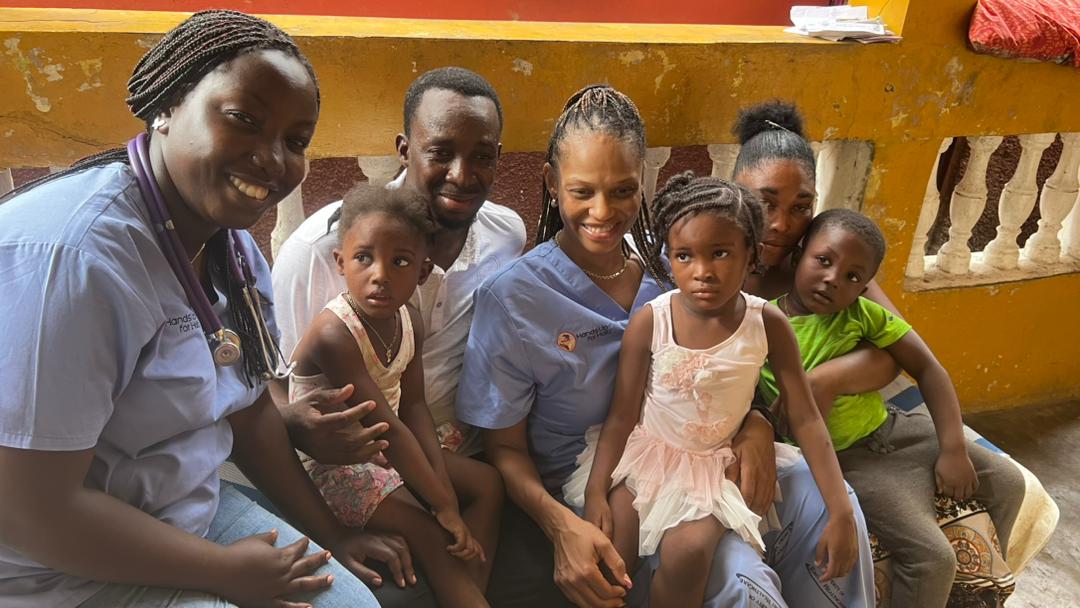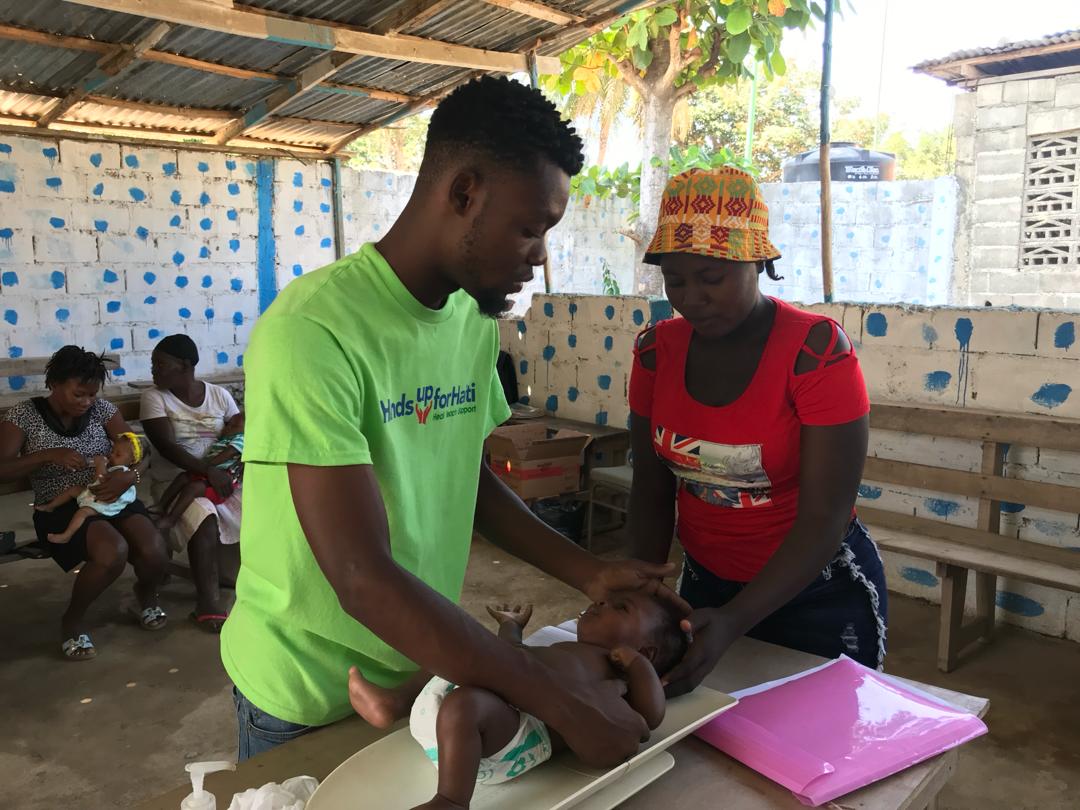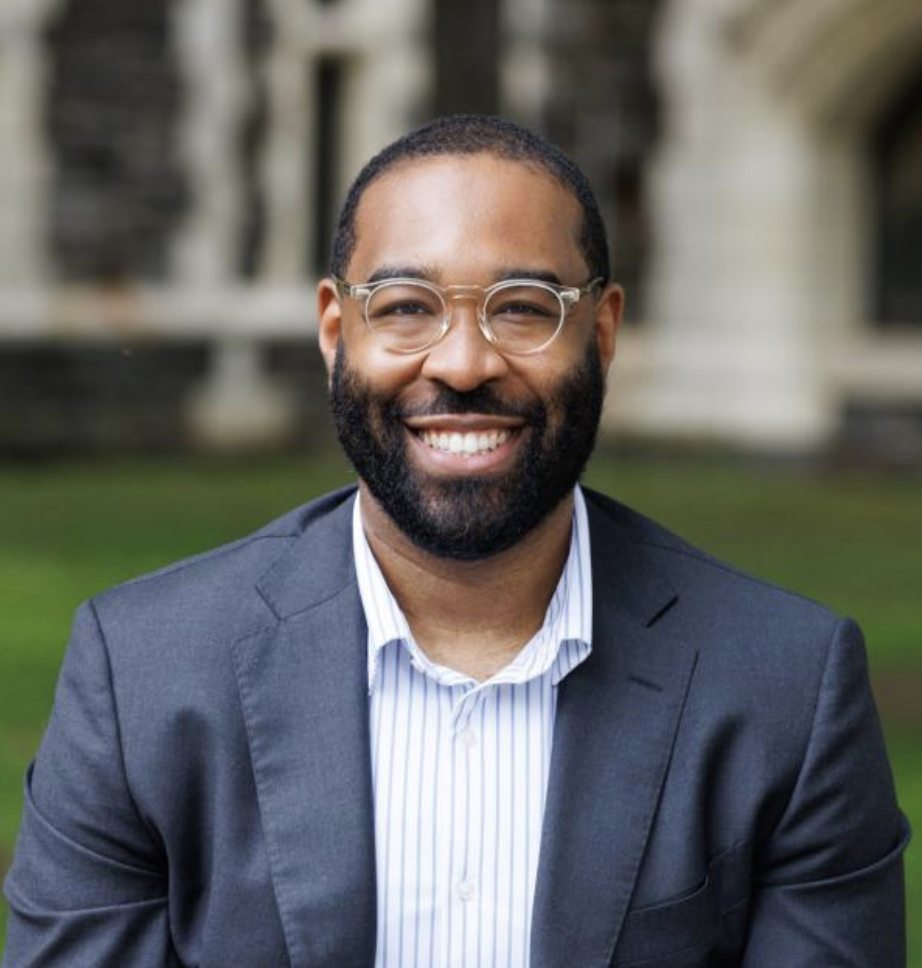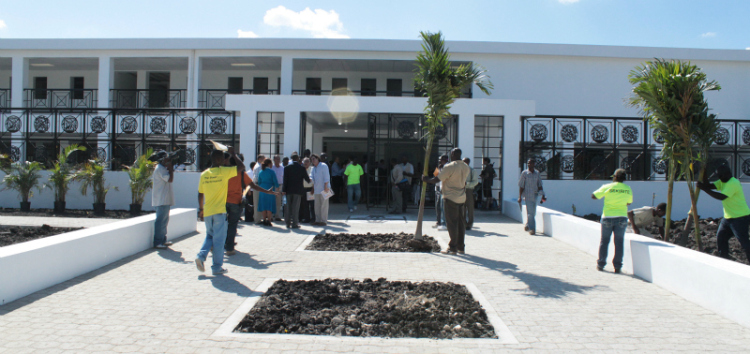
Lauren Blum, Team Member March 2015
It’s 5 am the morning after the end of a weeklong, successful volunteer mission trip with an amazing group of diverse and dedicated volunteers. The other volunteers are already home, and Dr. Jill Ratner and I and our Haitian medical team: Dr. Manol Isac, Dr. Dieula Toussaint, Dr. Billy Isac, and our in country coordinator, Tiruru, are setting out for the long drive to Mirebalais for a visit and meeting at the new Partner’s In Health Hospital, Hopital Universitaire de Mirebalais (HUM). As the sun rises we are offered exquisitely beautiful glimpses through the tropical forests to the “mountains beyond mountains.” Mountains Beyond Mountains is the name of the book by Tracy Kidder about Paul Farmer, the visionary doctor who started Partners in Health and his work in Haiti, but also a Kreyol aphorism, a metaphor for the scope and complexity of the struggles in Haiti.
Our motivation for the visit is twofold. We are looking for a place we can refer the patients we see who need advanced and specialty care and currently unavailable in the North of Haiti, and we want to find out what services they offer. We also want to give our Haitian medical staff an opportunity to see the hospital and network with the medical staff so they can consult, refer, and take advantage of learning opportunities offered at the hospital.
We travel over 5 hours to get to Mirebalais, through the mountains, over windy, bumpy, dusty roads. Along the way I imagine a critically ill or injured patient having to travel the same route.
We arrive at a large, bright white, new hospital complex, but what I notice most are the huge crowds of people waiting in and around the complex with large bags of stuff: clothing, food, cooking supplies bedding. I realize many of these people have traveled long distances to get here, far from their homes, and are “camping” here as they wait to be seen or wait for family members to be discharged.
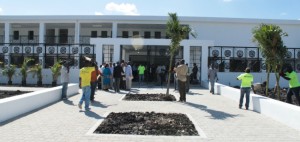
We are greeted warmly by Delight and Jack, two doctors from Vermont and Jill’s contacts for our visit. They spend months at a time volunteering at the hospital. Jack is a neonatologist and Delight is a pediatrician. Together they have helped to set up the NICU here, and have written a protocol manual for the pediatricians in the outpatient clinic. We are introduced to Vanessa, who gives us a tour of the hospital.
We learn that the hospital in Mirebalais, which opened in 2012, was in its planning stages even before the earthquake, but on a smaller scale. It was greatly expanded upon after the earthquake to be a major tertiary care center because of it’s proximity to Port au Prince but also to areas in central Haiti and because it is not on a fault line.
The hospital has been carefully thought out in terms of the placement of various departments. For example, the women’s health and pediatric outpatient department are separated from the general outpatient department. Labor/Delivery is directly across from the Operating Room entrance.
The roof is covered with solar panels, which generate enough electricity to power the entire complex. There are UV lights and a ventilation/fan system in the waiting areas to minimize spread of contagions. They commissioned Haitian artisans to create metal work for the large window grates in each waiting area that represent the services offered. The waiting areas are filled to the brim: every chair is filled and others are waiting on the floor.
We are all impressed at the array of services that are offered, both inpatient and outpatient. The outpatient program offers women and children’s health care, which includes cervical cancer screening, gynecology, obstetrics, and pediatrics. Specialty outpatient services include ENT, nephrology, mental health, and urology. Dermatology was recently added. There is an ER, one CAT scanner, EEG, a lab, a pharmacy, and a seizure clinic.
Inpatient services include general surgery, women, men, children wards and an 18 bed NICU (compressed air and C-pap!). An ICU is opening soon and will have 2 pediatric beds.
Consulting services are available on a schedule depending on when foreign teams are here: neurology and neurologic surgery. (Through a collaboration with Emory a sixth year resident comes regularly.), cardiology (the Haiti Cardiac Alliance organizes teams from the US and Canada and PIH is looking for other cardiologists to come), a pediatric craniofacial team (Smile Train and another). Pediatric surgery will be added in 3-6 months. They currently do not do any open-heart surgery. Referrals are made to other area programs for services not offered or unavailable at the time, such as radiation therapy, for which patients are sent to the Dominican Republic. Chemotherapy is offered, most commonly for breast cancer, Lymphoma, and cervical cancer. Children’s cancers are referred to St. Damien’s in PAP. Other collaborations exist with Schweitzer Hospital.
They cap their outpatient caseload to 800 patients a day, seen by 18 Haitian doctors and Haitian residents. The hospital mainly serves outpatients in the inner catchment area, which was not specifically defined because of the hospital’s policy of turning no one away. Referrals and inpatient cases come from even farther away.
Here is the most amazing feature of all: the fee for services for all patients is a 50 gourdes registration fee (about 1 US dollar). This includes EVERYTHING. Soup to nuts: labs, treatment, and medication. If you have breast cancer it includes diagnostic procedures, surgery, chemotherapy, as well as the cost of receiving radiation in the DR…everything! If a patient needs a service not offered at HUM, they will pay to transport the patient to another facility in Haiti or the DR, and sometimes beyond, and give a stipend to the family to cover expenses as well as the treatment. Is this sustainable? Vanessa, our tour guide was not optimistic and touched on the financial difficulties the hospital is having. But if you’ve read Mountains Beyond Mountains, or are familiar with Paul Farmer, you will understand that free comprehensive care for the poor is the focal point of his philosophy and vision, as well as addressing other issues related to the problem, such as malnutrition. He and PIH work tirelessly to raise funds.
In our meeting after the tour, Frankie Lucien, coordinator of services and referrals, stressed the importance of communication in referral of specialty patients and asked that we use their referral form and specialty contact list to communicate our referrals to ensure that patients don’t fall through the cracks, wait unnecessarily, or arrive on a day when the specialty service is not offered. It would be ideal if referring medical NGO’s would cover the cost of the transport of their patients, but PIH will also cover transportation and have an arrangement with Haiti Air Ambulance and area hospitals to transport patients to HUM.
What do they need? Training for their Haitian staff but especially for their nurses in using equipment like IV pumps and other equipment. A commitment of at least 2 weeks is ideal. They have many visiting medical teams working with their Haitian doctors from the US and elsewhere, but can always use more. And more funding, of course!
Frankie Lucien was excited to learn about the existence of the Cap Haitian Health Network from Jill and promises were made to share contact information about that as well as contact information for all of our Haitian in-country medical staff. They will provide us with the contact information for all of their specialty areas for referral of patients along with their referral form.
It was an extremely productive and important visit for everyone. Health care in Haiti will improve when there is better communication with one another and coordination of services. Everyone needs to work together. Training of Haitian doctors, nurses, and healthcare workers is key.
It was another hot, dusty 4-hour drive to PAP. Dieula, while generally quiet and introspective, was bubbling over with excitement and enthusiasm as we discussed our visit at HUM over dinner that evening. What also was evident was her pride in knowing that a hospital like this existed in Haiti. She was already dreaming and scheming of the possibilities this meant for her in terms of learning opportunities, her patients, and the people of Haiti.


